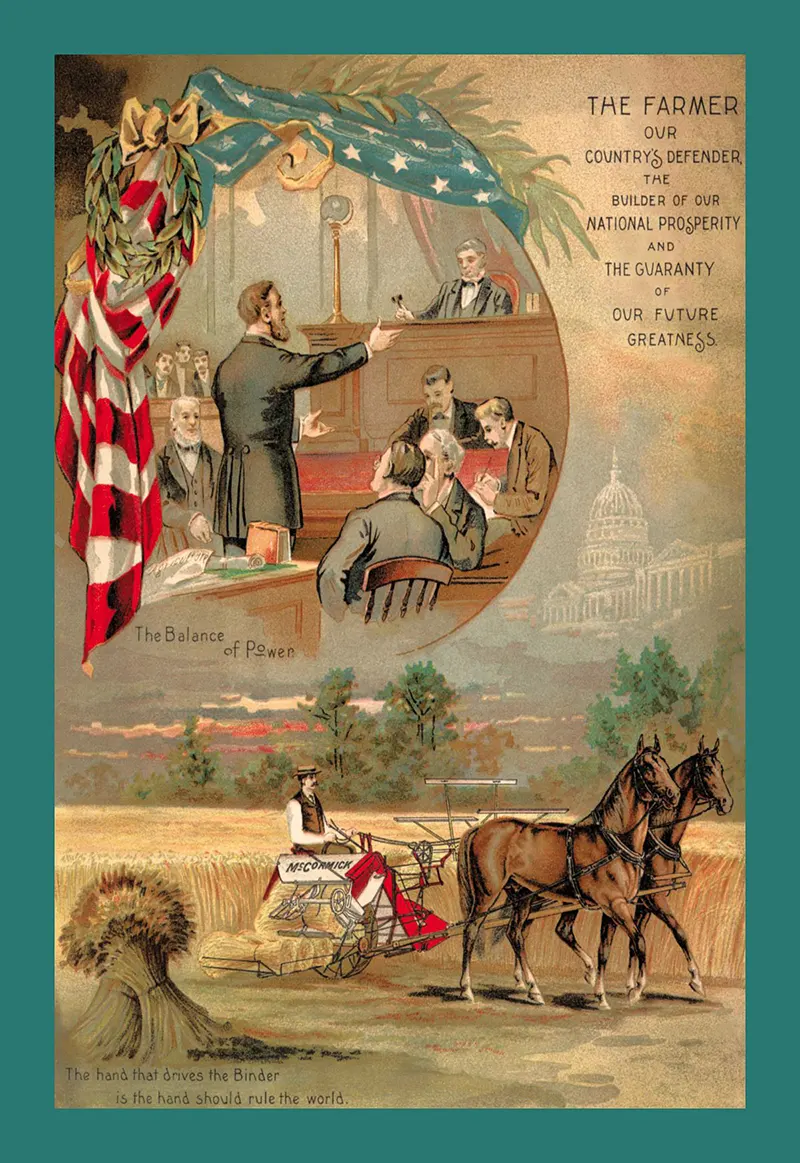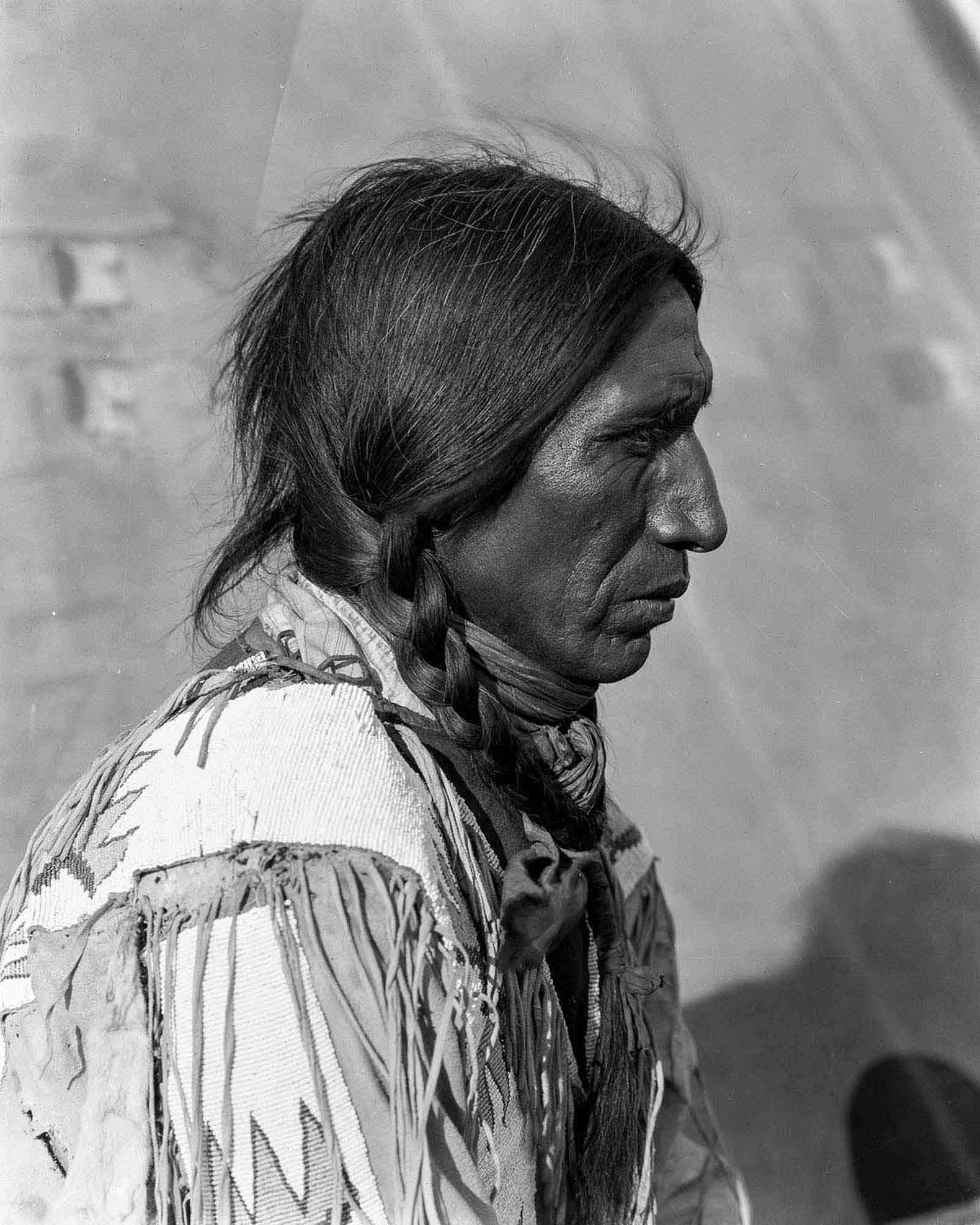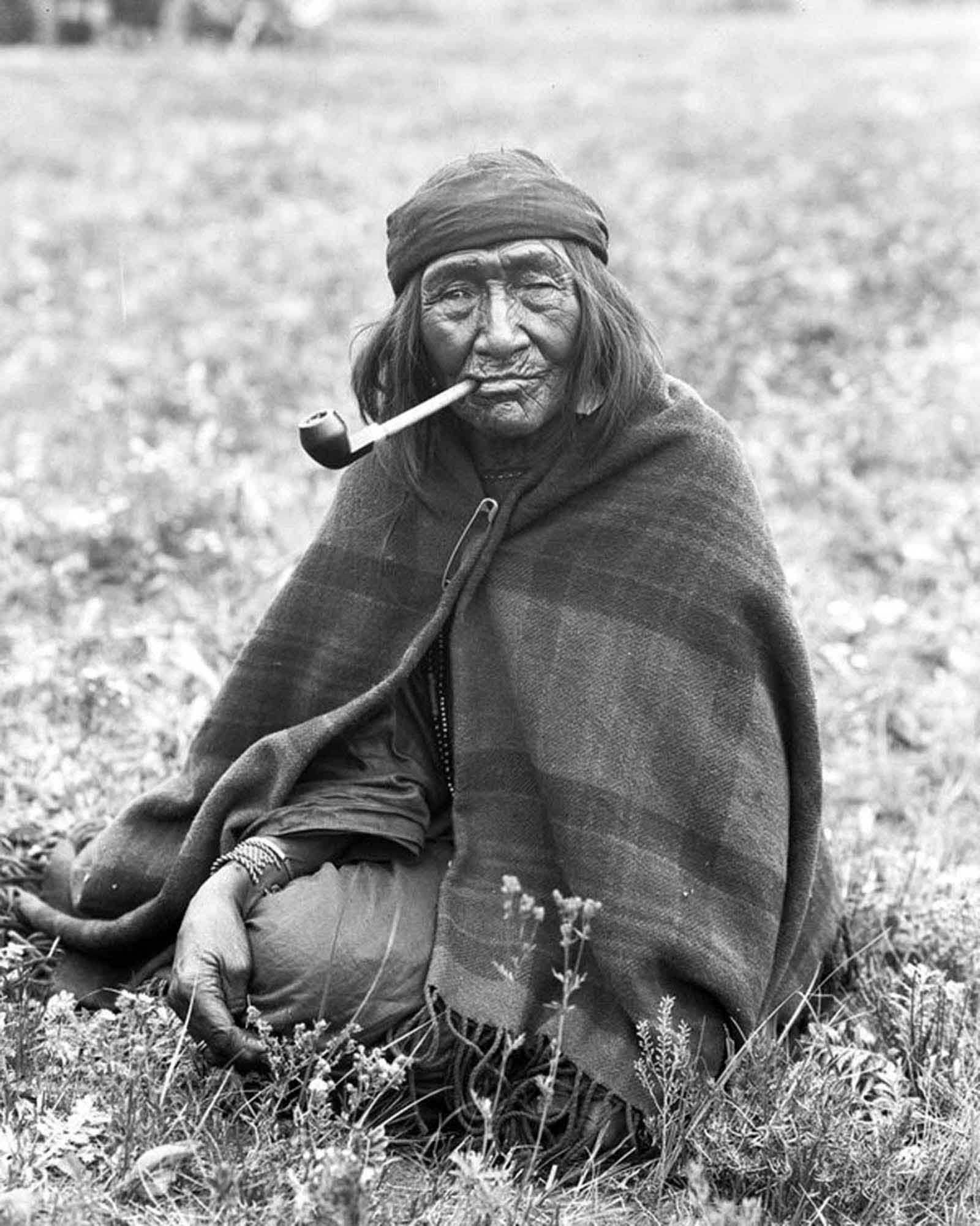hollydolly
SF VIP
- Location
- London England
Vintage American Ads








I remember a photo you posted a while back and you look exactly like your mumMy Parents at their 50th anniversary in 1966. They got married when they were 16yrs old.
View attachment 233998




Was that around Norwich?Four generations on our old homestead. Great grandfather, grandmother, my mom and little old me.
View attachment 234210
Yes it was. My grandfathers first house. Later on we moved farther on the hill.Four generations on our old homestead. Great grandfather, grandmother, my mom and little old me.
View attachment 234210
I remember having to bring in frozen clothes from the washing line every winter.. we had to put them on the Pulley in the kitchen to thaw out..

Leave it to you to find a rabbit for me! lolI remember having to bring in frozen clothes from the washing line every winter.. we had to put them on the Pulley in the kitchen to thaw out..

